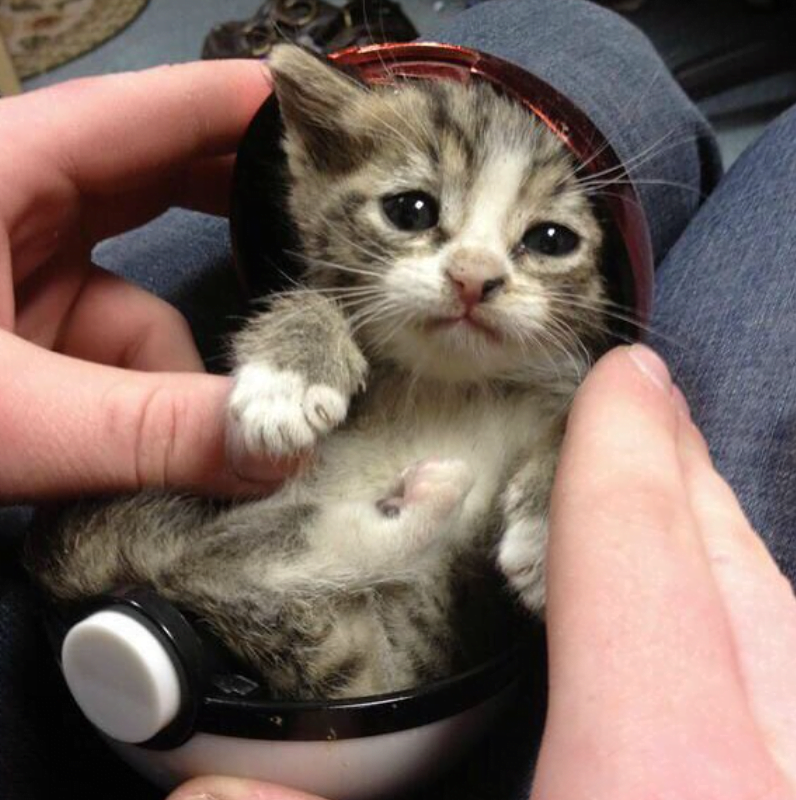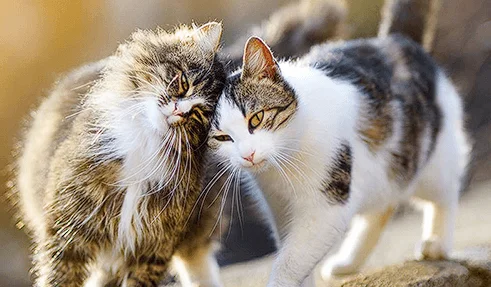The world of cats is full of fascinating discoveries, from their enigmatic behaviors and amazing physical prowess to their special position in history and society. We shall explore a variety of interesting facts about cats facts, illuminating the unique facets of cats’ nature, behaviors, and effects on human culture.
Cats are among the most fascinating animals on the globe due to their mystifying attractiveness and alluring personalities. Beyond their charming looks, these cherished feline companions have a wealth of fascinating characteristics that continue to spark our interest.
Interesting Facts About Cats
Some interesting facts about cats you need to know:
- Thirty-three distinct species have gone extinct as a result of cats.
- Experts claim that cats view people as more significant, hairless cats.
- Cats were first introduced to the Americas during the colonial era to reduce rodent populations.
- Like a person’s fingerprint, every cat has a distinctive nose print.
- Researchers can trace the genealogy of every Scottish Fold cat back to the first one found in Scotland in the 1960s.
- Cats are frequently used in grocery stores as pest control in large cities.
- As a female cat lays many eggs in heat, different fathers may be present among the kittens in the same litter.
- The word for the “meow” sound is similar in most languages.
- Since competent breeders often spay or neuter their kittens before selling, purebred cats discovered as strays or in shelters are incredibly uncommon.
- About 700 million feral cats live in the United States, and shelters use trap-neuter-release programs to manage population increase.
- According to studies, domestic cats first appeared around 3600 B.C.
- Cats are the most common pet in the United States, with a population of about 88 million.
- Around 200 feral cats live in Disneyland Park, helping control the park’s rodent population.
- A 2- to 3-year-old child’s learning style and a cats are similar.
- A cat purrs between 25 to 150 hertz, which is in tune with the rate at which muscles and bones rebuild themselves.
- A “kindle” is a term used to describe a litter of kittens.
- A house cat could beat renowned runner Usain Bolt in a 200-meter race.
- The aroma of catnip attracts almost 50% of the world’s cats.
- Catteries are the usual name for cat breeders.
- Cats can be taught to go to the bathroom in a toilet.
- In contrast to humans, cats can survive by drinking seawater.

Image Source: Instagram @fun_facts_about_cats_
Amazing Facts About Cats
- The melodic nature of cats! They can produce a wide range of meows, purrs, hisses, and chirps to communicate.
- A amazing cat named The Tower of Towser wins the Guinness World Record for catching the most mice. In her lifetime, she caught an astounding 28,899 mice.
- Just like people have individual fingerprints, cats have distinctive nose prints. Similar to how fingerprints are used for human identification, these nose prints can be used to identify specific cats.
- Siamese cats possess a fascinating genetic trait known as temperature-sensitive albinism. As a result, their fur color changes based on body temperature, leading to darker fur in more relaxed areas.
- In South America, cats trend as they deeply ingrain themselves in the culture and people often consider them symbols of good luck and prosperity.
- Cats share many similarities with humans. They have a similar skeletal structure, 30 more bones than humans, and a similar number of muscles, with around 230 muscles in their body.
- Cats are renowned for their grace and agility. Additionally, they carefully groom themselves to maintain their fur’s sheen. As a result, they do definitely present themselves in the best possible light.
- Didga the cat is a phenomenal entertainer who holds the record for pulling off 24 tricks in under a minute. Her intelligence and agility are very outstanding.
- Domestic cats may purr at a maximum volume of 67.8 decibels (dB (A)). This displays the tremendous vocal range that cats possess, especially when they are happy and relaxed.
- House cats and their larger relatives, like tigers, share an astounding 95.6% of their genetic composition. Despite having different sizes, they share a common ancestor and share genetic characteristics.

Image Source: Instagram @realcatfacts
READ ALSO: Fun Facts About Pigs: From Snouts To Tails
Cat Health Facts
- According to a study conducted by Banfield Pet Hospital, the average lifespan of cats increased by one year between 2002 and 2012, indicating improved overall feline health and care.
- Cats are known for their love of sleep. On average, cats sleep for 12 to 16 hours a day, as reported by The Huffington Post. Their snoozing habits contribute to their calm and relaxed demeanor.
- Cats are crepuscular animals, meaning they are most active during dawn and dusk. Cats’ instincts align with these times, making them more alert and ready to explore their surroundings.
- Cats are incredibly particular about their litter box habits.
- Grooming is vital for cats, and they dedicate up to one-third of their waking hours to this activity, ensuring a clean and healthy coat.
- Keeping cats indoors can significantly increase their lifespan. By protecting them from outdoor hazards such as accidents, diseases, and predators, indoor cats enjoy a longer and safer life.
- Cats often purr to self-soothe and express various emotions. They may purr when happy but also produce this comforting sound when ill or distressed, indicating their innate ability to seek solace through purring.
- Due to their selective nature when it comes to dietary preferences, cats have a strong aversion to unpalatable food. Consequently, they will adamantly refuse to eat such food to the point of starvation, emphasizing their discerning taste.
- Contrary to popular belief, many cats are lactose intolerant. Their digestive systems lack the necessary enzymes to break down lactose, leading to digestive issues when they consume dairy products such as milk.
- Female cats have the remarkable ability to become pregnant as early as four months old. Spaying or neutering cats at an appropriate age is crucial to prevent unwanted litters and ensure their overall health and well-being.










